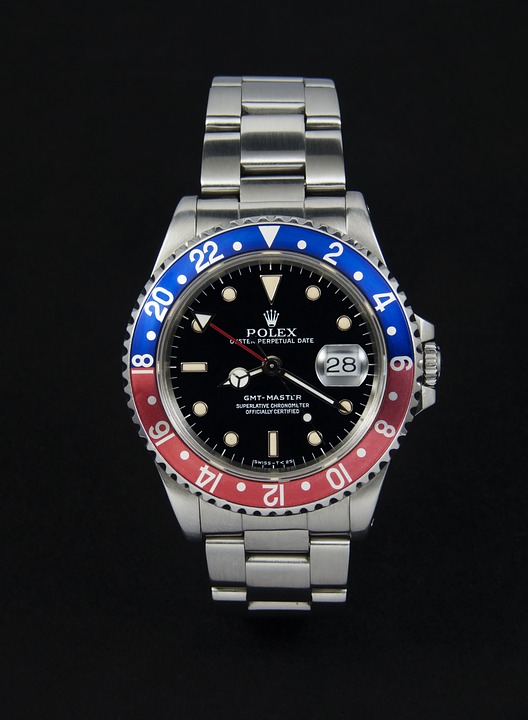Spotting Real Moissanite Diamonds: A Simple Guide for Everyday Shoppers
Moissanite diamonds have gained popularity in recent years as an affordable and stunning alternative to traditional diamonds. However, with the rise in demand, the market has seen an influx of counterfeit or imitation moissanite diamonds. As an everyday shopper, it’s essential to be able to spot the real deal. In this simple guide, we will walk you through the key factors to look for when identifying genuine moissanite diamonds.
Identifying Genuine from Fake
When it comes to moissanite diamonds, one of the first steps in spotting authenticity is understanding the differences between genuine and fake stones. Genuine moissanite diamonds are created in a lab, replicating the same optical and physical properties as natural diamonds. On the other hand, fake or imitation moissanite diamonds are often made of different materials, such as cubic zirconia or glass, which do not possess the same brilliance or durability.
1. Brilliance and Fire
One of the most significant characteristics of moissanite diamonds is their exceptional brilliance and fire. This refers to the stone’s ability to reflect light and create sparkle. Genuine moissanite diamonds have a unique refractive index, resulting in a higher brilliance compared to diamonds. When examining a stone, look for a rainbow-like play of colors, known as fire, which is a telltale sign of a genuine moissanite diamond.
2. Color
Color is another important factor when it comes to identifying real moissanite diamonds. While colorless diamonds are highly valuable, moissanite diamonds are typically near-colorless or faintly tinted. Genuine moissanite diamonds often have a slight yellow or gray hue, which distinguishes them from colorless diamonds. However, these subtle color differences are not easily noticeable to the untrained eye, so it’s crucial to compare the stone with a known reference or seek the assistance of a professional jeweler.
3. Hardness and Durability
Moissanite diamonds are renowned for their exceptional hardness and durability. On the Mohs scale of hardness, moissanite diamonds rank at 9.25, just below diamonds. This means they are highly resistant to scratching and chipping, making them suitable for everyday wear. Fake or imitation moissanite diamonds made from materials like cubic zirconia or glass have significantly lower hardness and are more prone to damage. To test the hardness of a stone, try scratching it with a sharp object. If the stone remains unscathed, it is likely a genuine moissanite diamond.
4. Cut and Shape
The cut and shape of a moissanite diamond can also provide valuable insight into its authenticity. Genuine moissanite diamonds are cut to maximize their brilliance and fire, similar to diamonds. Look for precision in the cut, with well-defined facets and a symmetrical shape. Poorly cut stones or irregular shapes may indicate an imitation moissanite diamond.
5. Professional Certification
To ensure you are purchasing a genuine moissanite diamond, always look for professional certification. Reputable jewelers will provide a certificate of authenticity that verifies the stone’s origin and quality. This certificate should come from a recognized gemological laboratory, such as the Gemological Institute of America (GIA) or the International Gemological Institute (IGI). By obtaining a certified moissanite diamond, you can have peace of mind knowing that you are making an informed purchase.
Conclusion
As the demand for moissanite diamonds continues to grow, so does the market for counterfeit or imitation stones. By understanding the key factors that distinguish genuine moissanite diamonds from fakes, you can confidently make your purchase. Remember to look for exceptional brilliance and fire, consider the color, test the hardness and durability, examine the cut and shape, and always seek professional certification. With these simple guidelines, you can spot real moissanite diamonds and enjoy their beauty for years to come.
Identifying Genuine from Fake: Identifying Genuine from Fake

